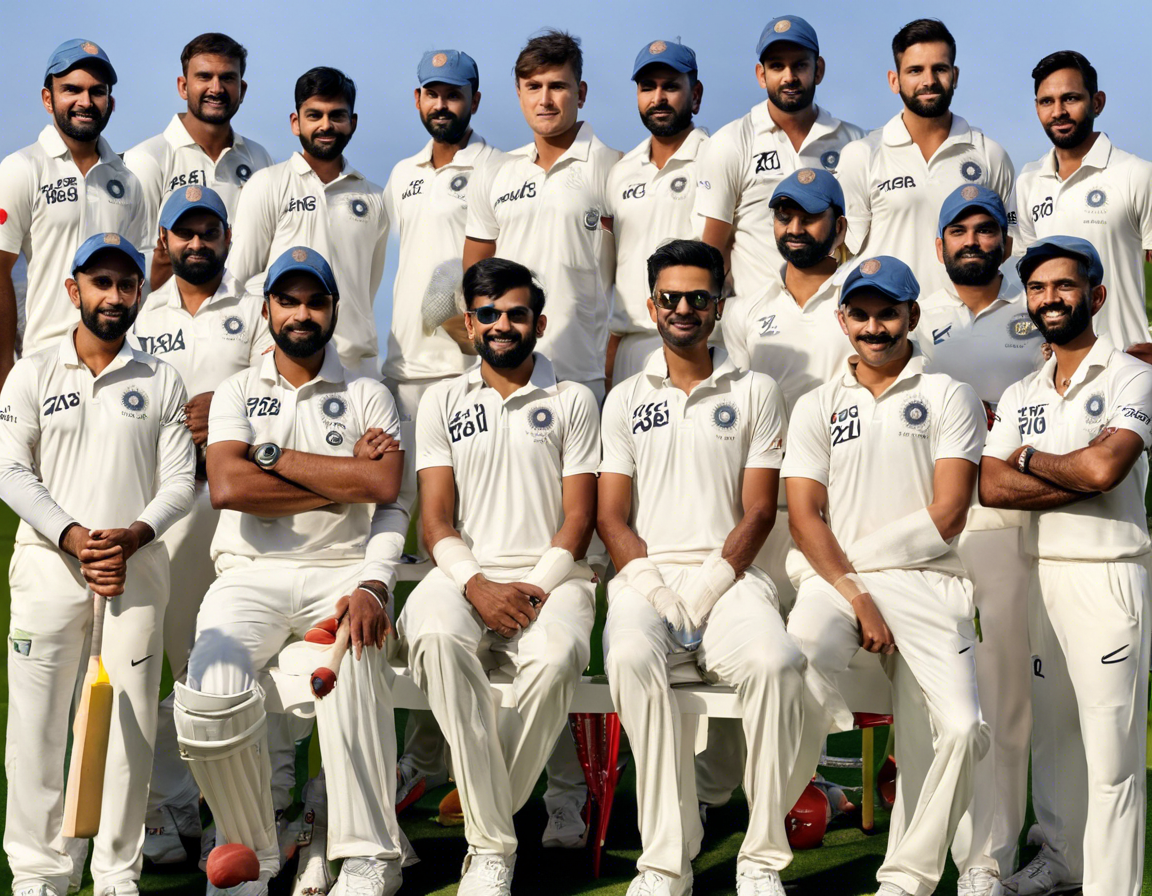Janmashtami, also known as Krishna Janmashtami or Gokulashtami, is an auspicious Hindu festival that celebrates the birth of Lord Krishna, one of the most revered deities in Hinduism. Held on the eighth day (Ashtami) of the Krishna Paksha (dark fortnight) in the month of Bhadrapada according to the Hindu lunar calendar, Janmashtami is a joyous occasion filled with prayers, fasting, devotional singing, dancing, and reenactments of scenes from Krishna’s life.
The Significance of Janmashtami
Janmashtami holds immense significance in Hindu culture and is celebrated with great enthusiasm across India and other parts of the world where Hindu communities reside. Lord Krishna, believed to be the eighth avatar of Lord Vishnu, is revered for his teachings in the Bhagavad Gita and his playful yet profound interactions with his devotees.
Preparing for Janmashtami
The preparations for Janmashtami usually begin weeks in advance, with devotees cleaning and decorating their homes and temples, fasting, and engaging in various spiritual practices to mark the birth of Lord Krishna. The festival is marked by elaborate decorations, especially in temples dedicated to Lord Krishna, which are adorned with flowers, lights, and colorful rangolis.
Rituals and Customs
On the day of Janmashtami, devotees observe a fast and stay up till midnight, the time when Lord Krishna is believed to have been born. The fast is broken only after the midnight celebrations, with offerings of fruits, sweets, and milk made to the deity.
Midnight Celebrations
The midnight celebrations of Janmashtami are a sight to behold, with temples and homes reverberating with the sounds of bhajans (devotional songs), the blowing of conch shells, and the ringing of bells. The atmosphere is charged with devotion as devotees await the auspicious moment of Lord Krishna’s birth.
Dahi Handi Celebrations
One of the most popular customs associated with Janmashtami is the Dahi Handi ritual, which reenacts the childhood pranks of Lord Krishna. In this tradition, a clay pot filled with butter or curd is suspended at a height, and teams of young men (known as Govindas) form human pyramids to reach and break the pot, symbolizing Krishna’s love for butter.
The Significance of Butter in Janmashtami
Butter holds a special significance in the life of Lord Krishna, who was fond of stealing butter from gopis (milkmaids) in his childhood. The act symbolizes the sweetness and playfulness that Krishna embodies, and devotees offer butter and other dairy products to the deity as part of the Janmashtami celebrations.
The Importance of Bhagavad Gita
Janmashtami also serves as a reminder of the teachings of Lord Krishna in the Bhagavad Gita, where he imparts wisdom and guidance to Arjuna on the battlefield of Kurukshetra. The Bhagavad Gita, considered a sacred text in Hindu philosophy, emphasizes the path of righteousness, duty, and devotion, and its recitation is an integral part of Janmashtami celebrations.
FAQs (Frequently Asked Questions)
1. When is Janmashtami celebrated in 2024?
Janmashtami is expected to be celebrated on Friday, the 30th of August in 2024.
2. How is Janmashtami observed by devotees?
Devotees observe a day-long fast, engage in prayers, visit temples, participate in bhajans, and stay awake till midnight to celebrate the birth of Lord Krishna.
3. What is the significance of Dahi Handi celebrations?
Dahi Handi celebrates the mischievous nature of Lord Krishna as a child when he would steal butter. The ritual involves forming human pyramids to break a pot of curd or butter suspended at a height.
4. Why is butter important in Janmashtami celebrations?
Butter symbolizes the playfulness and sweetness of Lord Krishna, who was fond of stealing butter during his childhood. Devotees offer butter and dairy products to the deity as part of the celebrations.
5. What are some traditional dishes prepared during Janmashtami?
Some popular dishes prepared during Janmashtami include makhan mishri (butter and sugar), kheer (rice pudding), panjiri (nutritious sweet dish), and poha (flattened rice).
6. How long is the fasting observed during Janmashtami?
Devotees usually observe a fast from sunrise to midnight on the day of Janmashtami. However, some may choose to extend the fast and break it the next day.
7. Which are some of the famous temples to visit during Janmashtami?
Some of the famous temples to visit during Janmashtami include the Shri Krishna Janmabhoomi Mandir in Mathura, the ISKCON Temple in Vrindavan, and the Dwarkadhish Temple in Dwarka.
8. Can non-Hindus participate in Janmashtami celebrations?
Yes, Janmashtami is a festival that welcomes people of all faiths to participate in the celebrations, witness the rituals, and learn about the significance of Lord Krishna’s birth.
9. What is the significance of fasting on Janmashtami?
Fasting on Janmashtami is believed to cleanse the body and mind, promote self-discipline, and express devotion to Lord Krishna. It is considered a way to purify one’s thoughts and actions.
10. How is Janmashtami celebrated in different regions of India?
Janmashtami is celebrated with unique customs and traditions in different regions of India. For example, in Maharashtra, the Dahi Handi ritual is a major highlight, while in Gujarat, elaborate bhajan sandhyas (devotional singing sessions) are organized.
In conclusion, Janmashtami is not just a festival but a celebration of love, devotion, and wisdom embodied by Lord Krishna. As devotees come together to commemorate the birth of this divine being, the essence of Janmashtami lies in embracing the teachings of Krishna and fostering a deeper connection with the divine.



